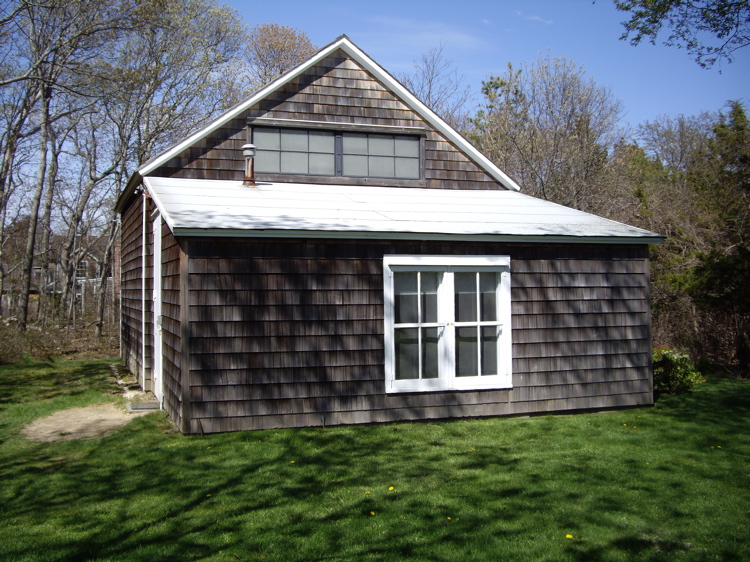|
All-over Painting
All-over painting refers to the non-differential treatment of the surface of a work of two-dimensional art, for instance a painting. This concept is most popularly thought of as emerging in relation to the so-called "drip" paintings of Jackson Pollock and the "automatic writing" or "abstract calligraphy" of Mark Tobey in the 1950s, though the applicability of the term all-over painting would be wider than that. "All-over painting" is not a formal style of painting and the term does not represent an "art movement." Some painting under the heading color field painting displays the "all-over" painting style. Such a painting would fail to treat the top, for instance, differently from the bottom; the left than the right. Uniform treatment of all sections of the surface are the hallmark of all-over painting. All-over paintings would lack a dominant point of interest, or any indication of which way is "up." Some paintings by Cy Twombly have had this term applied to them. Clement Greenberg ... [...More Info...] [...Related Items...] OR: [Wikipedia] [Google] [Baidu] |
Jackson Pollock
Paul Jackson Pollock (; January 28, 1912August 11, 1956) was an American painter and a major figure in the abstract expressionist movement. He was widely noticed for his " drip technique" of pouring or splashing liquid household paint onto a horizontal surface, enabling him to view and paint his canvases from all angles. It was called all-over painting and action painting, since he covered the entire canvas and used the force of his whole body to paint, often in a frenetic dancing style. This extreme form of abstraction divided the critics: some praised the immediacy of the creation, while others derided the random effects. In 2016, Pollock's painting titled '' Number 17A'' was reported to have fetched US$200 million in a private purchase. A reclusive and volatile personality, Pollock struggled with alcoholism for most of his life. In 1945, he married the artist Lee Krasner, who became an important influence on his career and on his legacy. Pollock died at the age of 44 in ... [...More Info...] [...Related Items...] OR: [Wikipedia] [Google] [Baidu] |
Mark Tobey
Mark George Tobey (December 11, 1890 – April 24, 1976) was an American painter. His densely structured compositions, inspired by Asian calligraphy, resemble Abstract expressionism, although the motives for his compositions differ philosophically from most Abstract Expressionist painters. His work was widely recognized throughout the United States and Europe. Along with Guy Anderson, Kenneth Callahan, Morris Graves, and William Cumming, Tobey was a founder of the Northwest School. Senior in age and experience, he had a strong influence on the others; friend and mentor, Tobey shared their interest in philosophy and Eastern religions. Similar to others of the Northwest School, Tobey was mostly self-taught after early studies at the Art Institute of Chicago. In 1921, Tobey founded the art department at The Cornish School in Seattle, Washington.Cornish, Nellie C. "Miss Aunt Nellie: The Autobiography of Nellie C. Cornish". Seattle, University of Washington, 1964, p. 134-35 To ... [...More Info...] [...Related Items...] OR: [Wikipedia] [Google] [Baidu] |
Art Movement
An art movement is a tendency or style in art with a specific common philosophy or goal, followed by a group of artists during a specific period of time, (usually a few months, years or decades) or, at least, with the heyday of the movement defined within a number of years. Art movements were especially important in modern art, when each consecutive movement was considered as a new avant-garde movement. Western art had been, from the Renaissance up to the middle of the 19th century, underpinned by the logic of perspective and an attempt to reproduce an illusion of visible reality ( figurative art). By the end of the 19th century many artists felt a need to create a new style which would encompass the fundamental changes taking place in technology, science and philosophy ( abstract art). Concept According to theories associated with modernism and the concept of postmodernism, ''art movements'' are especially important during the period of time corresponding to modern art. The p ... [...More Info...] [...Related Items...] OR: [Wikipedia] [Google] [Baidu] |

.jpg)